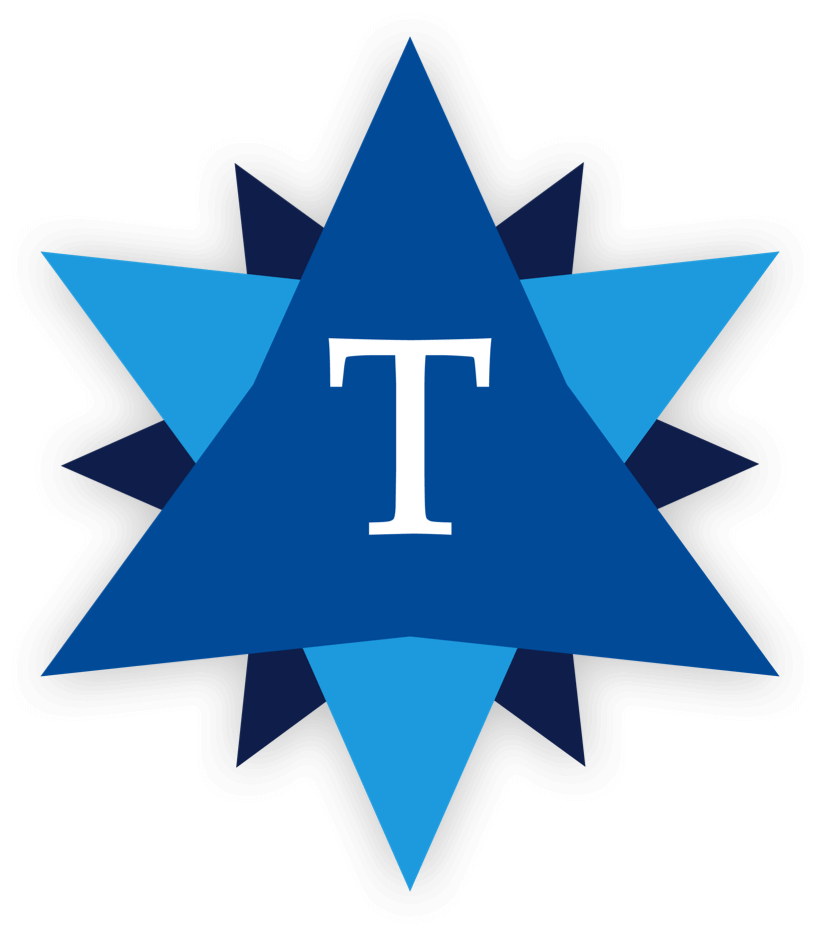Mixing and Extending Reality: Edtech Options in Higher Education
Guest Author

You walk into your classroom to begin the lesson you have planned for the day. And perhaps you are encountering some of your learners in person, while also reaching learners, in real time, online through the use of videoconferencing tools as simple and accessible as Skype, Google Hangouts, Zoom, or Shindig. And your guest lecturer is also joining the “classroom” through the use of one of those telepresence tools in a way that quickly makes everyone forget that they are not face-to-face. Because, in an increasingly common experience, they are face-to-face through the use of those online tools and are learning to interact just as they would if they had all physically walked into that room for the session you are about to facilitate.
Our classrooms and our approaches to learning are evolving in fascinating ways, as are the tools that affect our concept of what a classroom is and how we can use it to meet our learners’ needs. Our educational technology tools more and more frequently are offering us previously unimagined opportunities. And we are beginning to embrace—and struggle with—the reality—or mixed reality—of those blended (onsite-online) spaces. It’s an intriguing challenge because reality is taking on interesting new nuances and providing new possibilities through the increasing use of augmented (AR), virtual (VR), mixed (MR), and extended reality (XR) in dynamic, engaging ways. Among the numerous first-rate resources worth perusing as we attempt to understand and effectively incorporate these extended reality tools into our learning offerings are EDUCAUSE’s two-page summary “7 Things You Should Know About Augmented Reality, Virtual Reality, and Mixed Reality”; a much longer case study produced through a collaboration between EDUCAUSE and HP, Inc., Learning in Three Dimensions: Report on the EDUCAUSE/HP Campus of the Future Project; and the latest online discussions about virtual and mixed reality among panelists for the 2019 Horizon Report > Higher Ed Edition, scheduled for publication in February 2019.
Introduction: Terminology and Dissemination
The terminology alone can be dizzying, and it continues to evolve to reflect the changes in AR/VR/MR/XR. Augmented reality has been used to refer to the use of computer screens (e.g., laptops, mobile phones, tablets) to include overlays into the world we physically traverse. Think of a computer image of a street with text or links to videos embedded in that image that allow you to more fully explore and gain information about that street—what is on it; its history; and notable historic figures who have lived there. Virtual reality takes us one step further out of the world we physically inhabit by using devices (e.g., Google Cardboard, Oculus Rift and Oculus Go) to create completely immersive environments that are not necessarily grounded in what is physically around at the moment we are using those tech tools. Mixed reality refers to technology that combines those physical and virtual environments in ways that allow us to interact with—and learn from—them in real time. Extended reality is the latest term to be added to our lexicon and,for now, serves as an umbrella term for the other three. (Those wanting to learn more about the four terms can start with a brief article, “What Really Is the Difference Between AR/MR/VR/XR?,” posted by North of 41 on Medium, March 20, 2018. The Wikipedia articles on AR, VR, MR, and XR are also great starting points for those unfamiliar with the topic.)
Preparing our learners and ourselves for the jump into these varied versions of reality can actually be fun and easy if we use the tools with which we are already familiar: our smartphones and our tablets. Using those devices to play games readily accessible to anyone with a mobile device and an internet connection exposes the learners—ourselves included—to how easy it is to operate within an augmented reality environment. Games like Pokémon Go and Ingress combine the use of Google Maps with graphics to allow us to move around on city streets and interact with objects that physically surround us or are interjected into the game, as if we were players on a global playing board. Ingress, in particular, offers plenty of learning-about-learning opportunities as we learn how to anticipate the actions of others, build strategies that must be easily adaptable to the ever-changing playing field, and learn to collaborate both within the game and, if we are playing with others, within the world we physically inhabit.
The EDUCAUSE/HP case study, which we will explore later in this article, carries us one huge step forward, showing how a group of colleges and universities spent a year learning about extended reality by experimenting with it in formal academic settings.
7 Things You Should Know…
Jeffrey Bain-Conkin’s “7 Things You Should Know About Augmented Reality, Virtual Reality, and Mixed Reality,” completed for EDUCAUSE in 2017, offers a basic grounding by defining what AR, VR, and MR are; showing how they work; and providing concrete examples of how Grinnell College, Stanford University, the University of Notre Dame, Virginia Tech, and Washington and Lee University are creatively incorporating them into their classrooms. The technologies “create social platforms that are beginning to transform how we communicate, create, learn, and collaborate,” Bain-Conkin writes, and “have the potential to democratize learning by giving all learners access to immersive experiences that were once restricted to those with financial means or the right connections.”
He reminds us that XR is still in “relatively early stages of development” and that the technology is rapidly changing. He highlights the implications for teaching and learning, noting, “AR, VR, and MR technologies lend themselves to task-based and problem-based learning, simulations, data retrieval, experiential learning, and game-based learning.”
Horizon Report Panel Discussions
The annual, publicly accessible, online asynchronous discussions among members of the Horizon Project Higher Ed Edition expert panel have always been a fruitful resource for those willing to explore them. The discussions conducted in fall 2018 were no exception. Spirited exchanges about the state of virtual reality and mixed reality indicated a high level of interest in these tools’ positive impact on higher education. Panelists explored some of the challenges we face in adapting the technology into our own learning settings and provided links to additional resources to describe current projects. Long-time expert panel member Maya Georgieva, for example, provided a link to the concluding article that she and Emory Craig wrote in a yearlong “Immersive Learning” series for EDUCAUSE Review, “From VR to AR to Our XR Future; Transforming Higher Education,” posted August 22, 2018. Links to the previous nine articles appear at the top of that concluding post, and, together, they provide an intriguing overview from these two innovative educators.
Learning in Three Dimensions
Learning in Three Dimensions: Report on the EDUCAUSE/HP Campus of the Future Project, a project involving 11 US higher education institutions during academic year 2017–18, shows us what can happen when our virtual rubber hits our physical learning road. Drawing upon the experiences of an earlier Yale University project (“A Year in the Blender: Practical Applications of 3D in Virtual, Mixed and Printed Forms from Yale University’s Blended Reality Applied Research Project”) and using equipment provided by HP, participating instructors and students engaged in a variety of projects, including The Sacred Centers in India project at Hamilton College; an exploration of how VR can simulate auditory environments for deaf and hard-of-hearing students, through Gallaudet University’s Vestibular and Balance Lab; and medical simulations at Hamilton, Yale, and Harvard.
The Learning in Three Dimensions report is a richly rewarding document that provides plenty of inspiration along with frank discussions of the challenges facing those who are pursuing XR applications in learning. And for those of us who see learning as a completely collaborative endeavor—in which we are all co-conspirators in the learning process and serve as teacher-trainer-learners—the observation that “[v]irtual spaces also enable a degree of collaboration beyond real-world possibilities” is all we need to inspire us to further explore what XR might provide.
The views and opinions expressed in this article are those of the author and do not necessarily reflect the official policy or position of The Tambellini Group. To express your views in this forum, please contact Hilary Billingslea, Director, Marketing Communications & Operations, The Tambellini Group.
Categories
Share Article:

Other Posts From this Author:
The views and opinions expressed in this article are those of the author and do not necessarily reflect the official policy or position of the Tambellini Group. To become a Top of Mind guest author, please contact us.
© Copyright 2025, The Tambellini Group. All Rights Reserved.